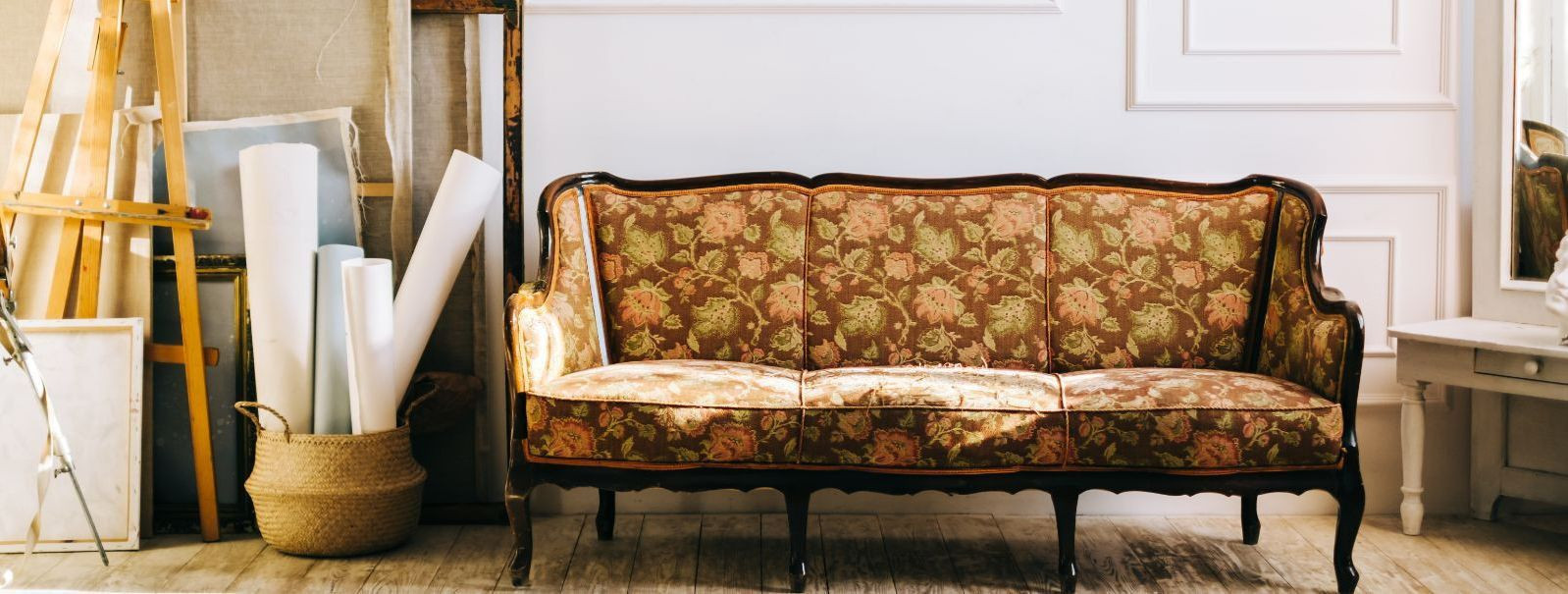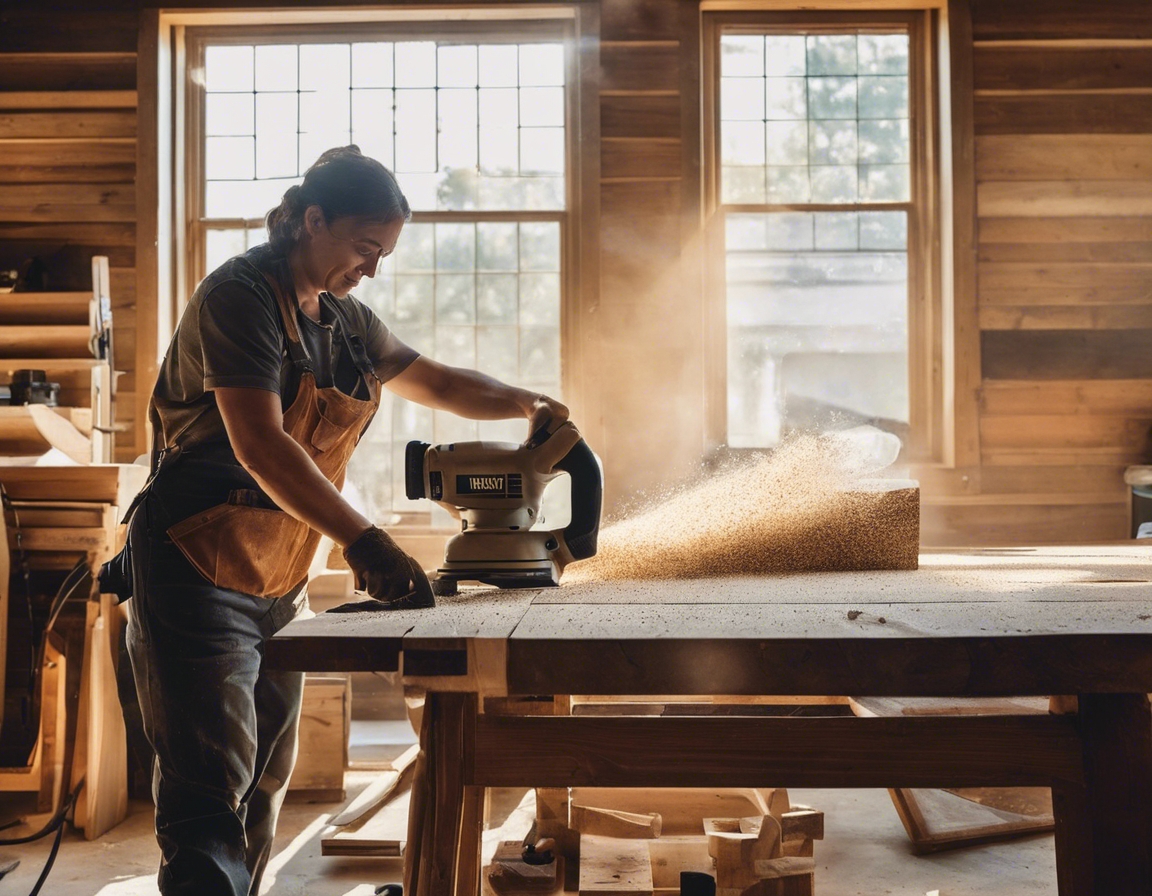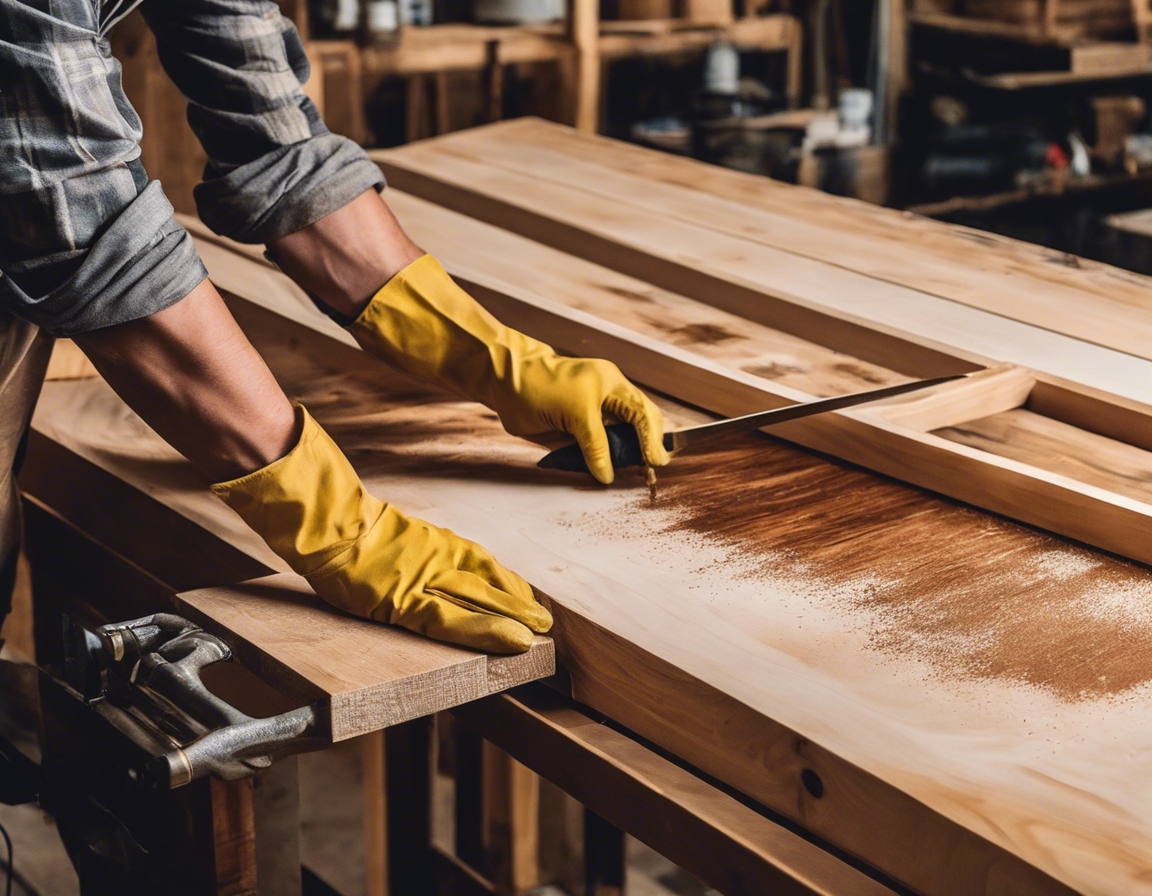How to choose the right fabric for your reupholstery project
Reupholstery is the process of removing old fabric from furniture and replacing it with new material. It's a way to breathe new life into a beloved piece, whether it's a family heirloom or a vintage find. The right fabric can transform a worn-out chair or sofa into a stunning centerpiece.
The fabric you choose for your reupholstery project is crucial. It affects not only the look and feel of your furniture but also its durability and how it fits into your overall home decor. With the right selection, reupholstered furniture can enhance the character and charm of your space.
Factors to Consider When Selecting Fabric
Consider how the furniture will be used. High-traffic areas require sturdy, durable fabrics like microfiber or leather. For less frequently used pieces, you might opt for more delicate textiles.
Your personal style should guide your fabric choice. Whether you're looking for a modern, sleek look or a traditional, cozy feel, the fabric should complement the furniture's shape and design.
Texture adds depth and comfort to furniture. Soft, plush fabrics invite relaxation, while smoother, tighter weaves offer a more formal appearance.
Color can set the mood of a room. Neutral tones offer versatility, while bold colors make a statement. Patterns need to be scaled appropriately for the size of the furniture and the room.
Each fabric type, from natural to synthetic, has unique properties that affect appearance, durability, and maintenance.
Eco-friendly fabrics are increasingly popular. Materials like organic cotton or recycled polyester reduce environmental impact and support sustainable living.
Reupholstery is an investment. Balance your budget with the quality of fabric to ensure the project is cost-effective in the long run.
Types of Fabrics for Reupholstery
Natural fabrics like cotton, linen, and wool are breathable and comfortable but may not be as durable as synthetics.
Synthetics, such as polyester and nylon, offer durability and stain resistance, making them suitable for heavy use.
Blends combine the best qualities of natural and synthetic fibers, providing both comfort and resilience.
Practical Tips for Fabric Selection
Assess how the furniture will be used daily to determine the appropriate fabric durability.
Large patterns work best on large pieces, while small patterns are more suited to small furniture.
Always check for color fastness and potential shrinkage, especially if you plan to clean the fabric regularly.
Choose a fabric that fits your lifestyle and cleaning preferences. Some fabrics may require professional cleaning.
Working with Professionals
Professional reupholsterers have the skills to ensure that the fabric fits perfectly and lasts for years.
Consulting with a specialist can provide valuable insights into the best fabric choices for your project.






Comments (0)